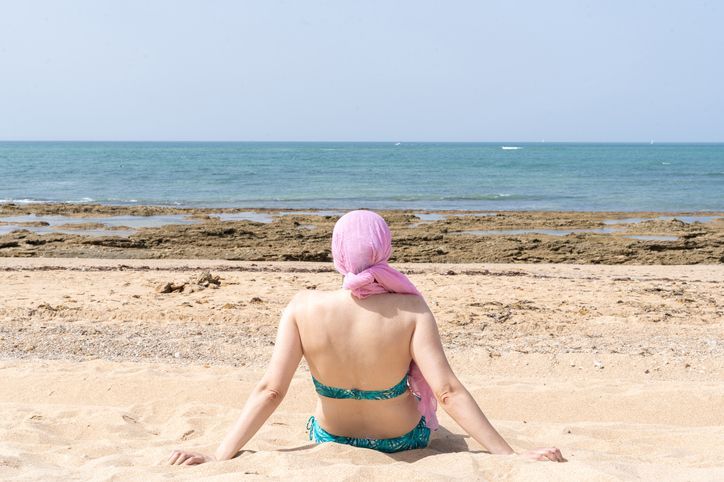Where Real Hair Wigs Come From
Where the 'Real Hair' in your wig really comes from ...
Have you ever thought about the origins of the real hair in your wig?
There’s a reason human hair wigs offer the most natural-looking and authentic feel, and that’s because it’s from … well, humans! But how does it make its way to you, and who could it be from?
Like an invigorating deep conditioning wig treatment, let’s dive right in!
Why 100% human hair?
Many people are drawn to real hair wigs because of their realistic appearance and the ability to closely match their own hair’s unique texture, colour and quality.
The reason the options are so diverse is that real wig hair comes from people in many different parts of the world, including Europe, South America, Asia, and even Australia!
And because it’s human hair, it can be curled, straightened, or dyed to match a person’s natural hair.
It has to be said however that real hair wigs are far more costly than the synthetic kind.
Where could the real hair in my wig be from?
It could come from virtually any corner of the globe! Human hair can be sold by individuals directly to hair traders, auctioned online, collected from hairdressers, or even donated.
Some examples include:
- India. We all know India is a deeply religious country, but did you know each year, millions of Hindus sacrifice their hair to the Gods? Predominantly women and children have their heads shaved in beautiful temple ceremonies known as ‘tonsuring.’ Afterwards, the hair is collected, cleaned, and sorted and then exported overseas to be crafted into human hair wigs. The temples use the money earned through this trade for charitable work, schools, and maintaining the temple grounds.
- Europe. Light European hair is highly sought after by wigmakers. It’s the rarest, most expensive option, given how easy it is to treat the naturally light colour with hair dye. Russia, Ukraine and Belarus are the most common origins, with wig manufacturers purchasing and collecting directly from donors.
- Brazil. Brazilian hair is known for its stunning volume, natural shine, thickness and strength. It’s generally collected from women in small, rural villages who are paid for their silky, natural, “virgin” hair (meaning it’s never been through any kind of chemical process, including hair dye, perm, or excessive blow drying or heat styling).
- China. The Chinese are known for straight, dark, silky, healthy hair that is lightweight and easy to style. It’s usually more affordable as it’s widely available. It can be freshly cut ponytails from donors, but often it is hair accumulated over time in the home, or from hairdressers and sold directly to hair traders.
- And… horse hair? Horse hair (as well as hair from sheep, yaks or goats) is often harvested humanely to create specialty wigs, such as those for costumes, theatre, and even judges! However, when it comes to everyday wigs, animal hair is rarely used on its own. It’s usually blended with human hair, given the similarities in sheen, variations, and ability to be chemically treated to alter the colour or texture as required.
Interested to see the difference between synthetic and real hair wigs for yourself, or even try one on? We have a small selection of human hair wigs as they are a lot more expensive, however we are happy to get them in if you would like to order a specific style, so please chat to the friendly team at our Brisbane wig studio. Contact us to book your personal consultation today!












